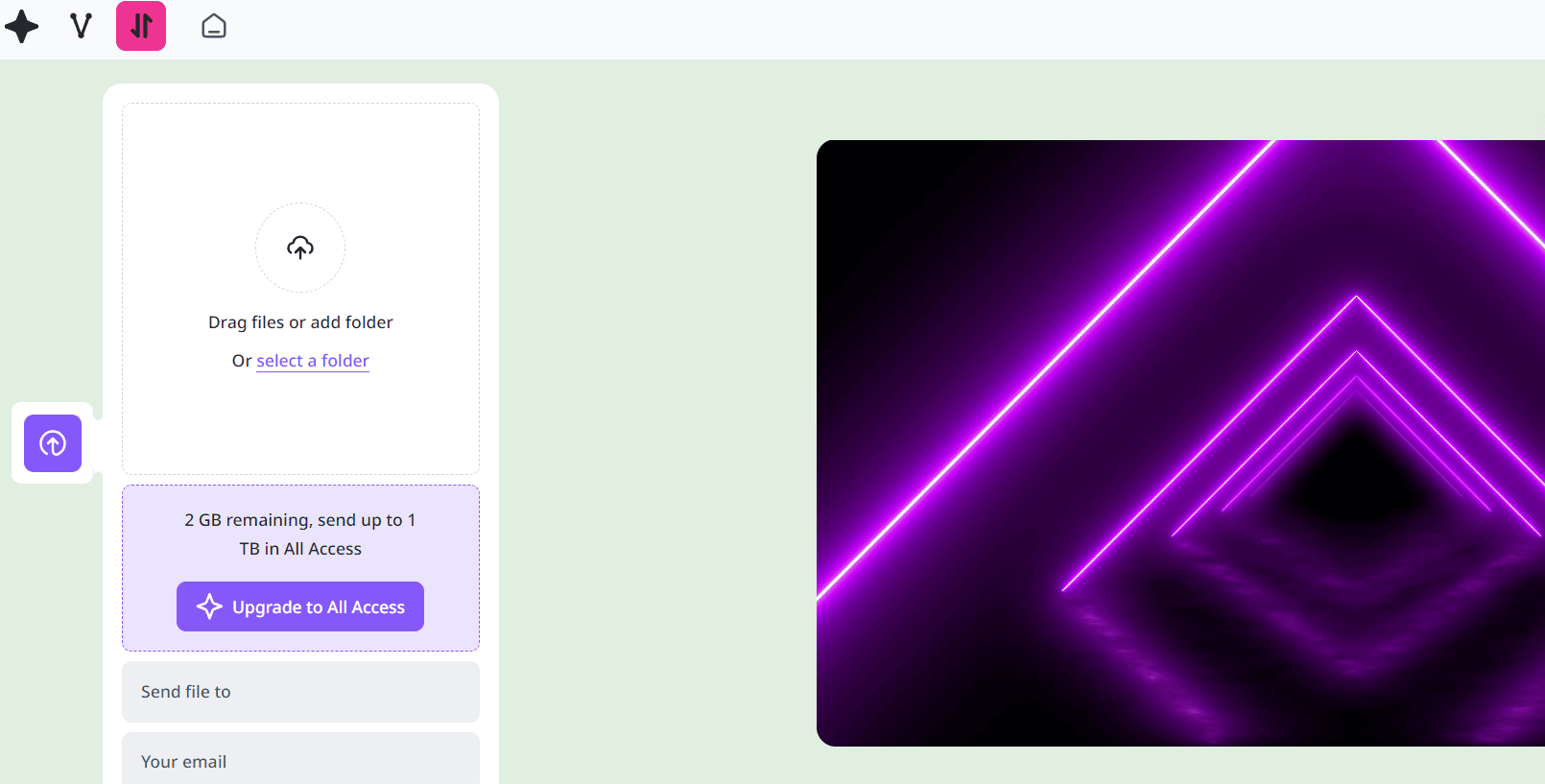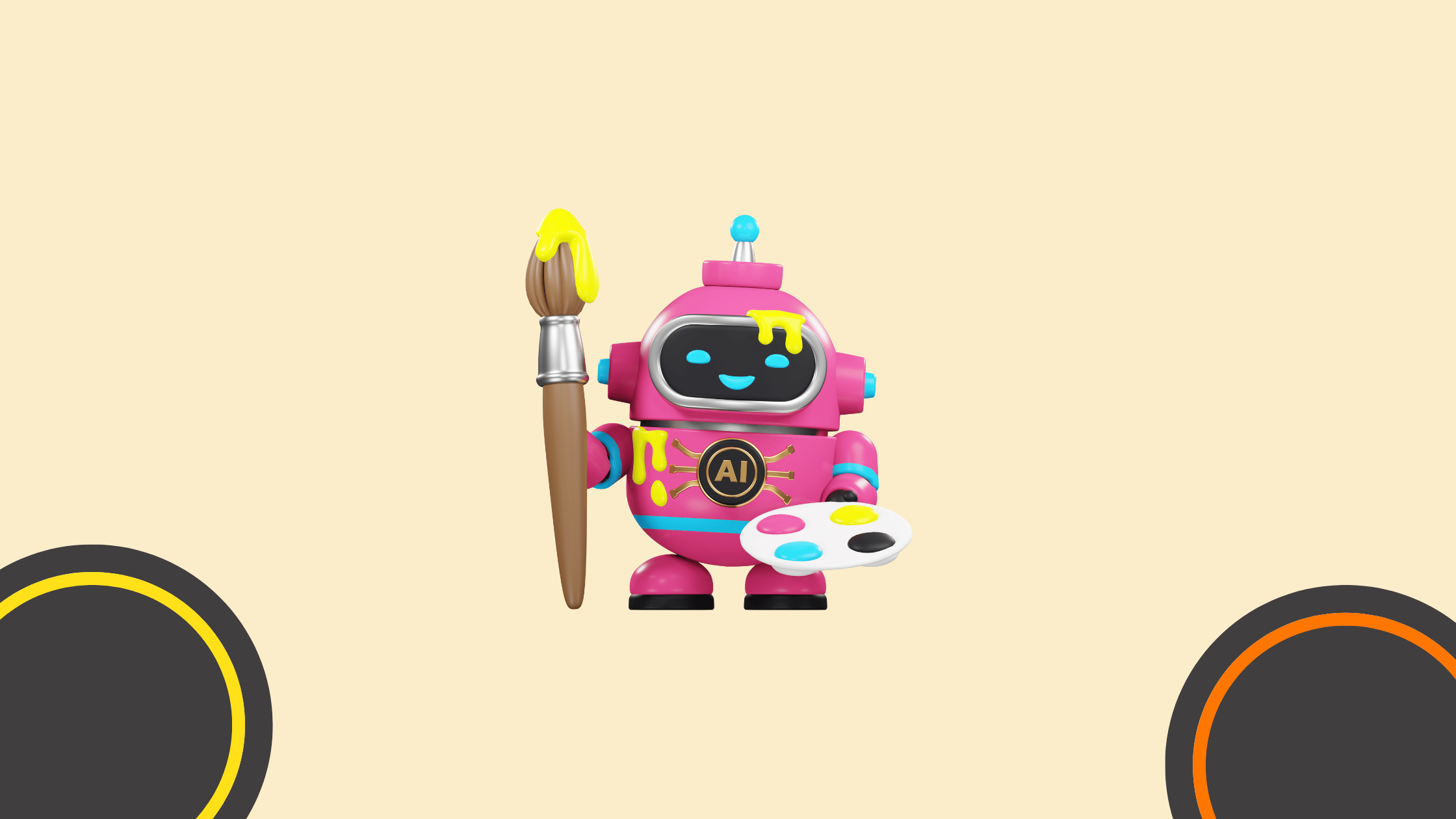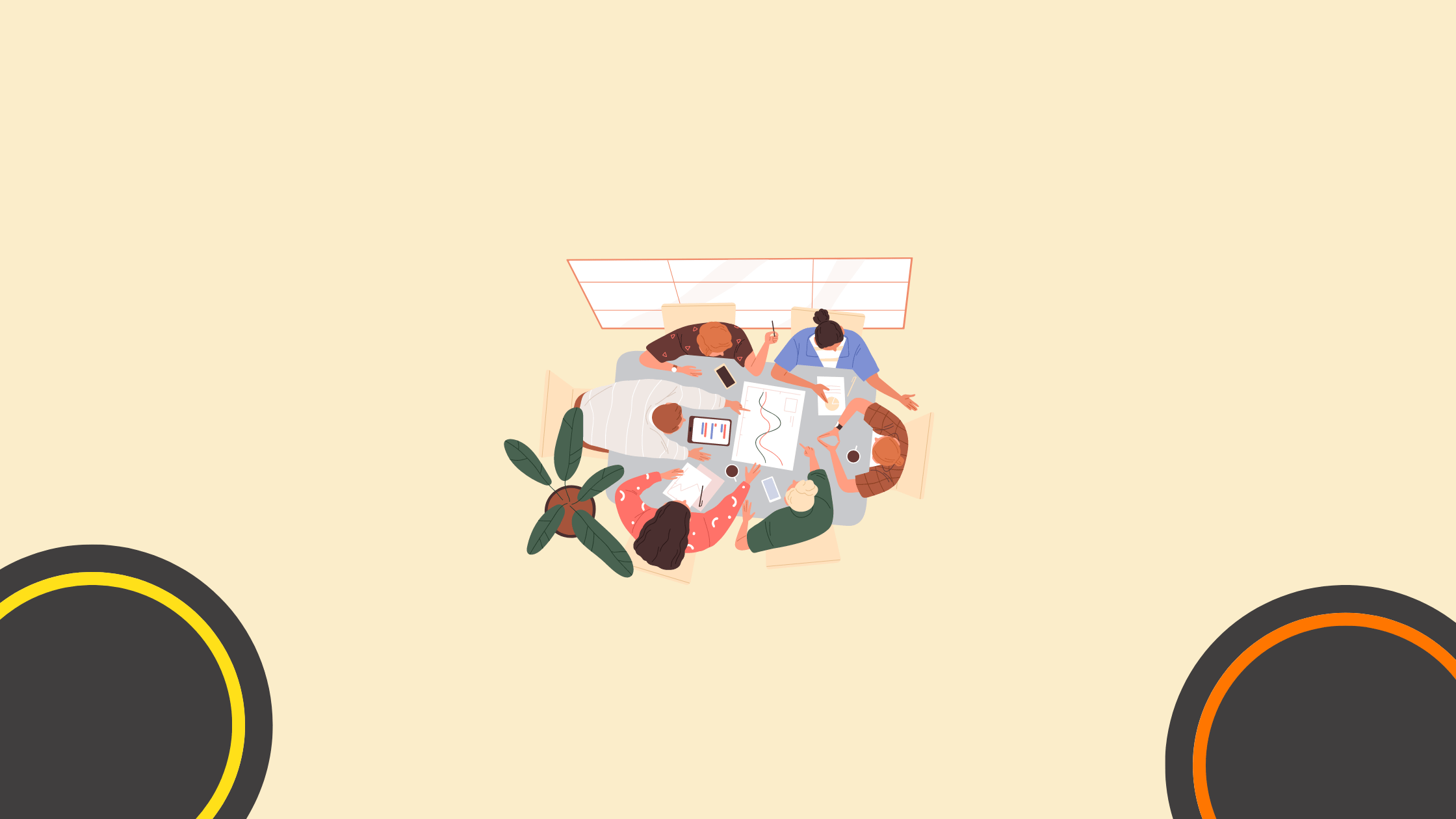Top Tools Designers Are Overlooking
All Designers know the importance of Design Tools and know the most popular tools. But what are some Design Tools that are being overlooked and undervalued?
Let’s have a look in this article and see if you should add new tools to your tech stack as a designer.
Chapters
File Transfer Tools for Designers

Designers Collaborate often with other designers and other departments or freelancers. Yet, many Designers overlook File Transfer Tools and try to share images, documents, and other assets via other means. Even though Designers can often opt in for a free file transfer tool and not to mention the use of ease for both parties.
Here are some benefits for using File Transfer Tools:
Large File Handling: Design files, especially those involving high-resolution images, 3D models, or video content, can be quite large, often exceeding the size limits for standard email attachments. File transfer sites enable designers to easily send and receive these large files without compromising quality.
Efficiency and Speed: These sites often use optimized infrastructure to ensure fast upload and download speeds, reducing waiting times and boosting productivity. This is crucial when working under tight deadlines.
Collaboration: Many file transfer services offer features like version control, commenting, and real-time updates, facilitating smoother collaboration among designers, clients, and team members. This helps in gathering feedback and making iterative improvements to a design project.
Accessibility: With cloud-based file transfer services, files can be accessed from anywhere, at any time, as long as there is an internet connection. This is particularly beneficial for freelance designers or teams working remotely, as it allows for a flexible and mobile workflow.
Security: Security is a critical concern for designers, especially when dealing with confidential or proprietary information. File transfer sites often provide robust security measures, including encryption during transfer and storage, access controls, and secure authentication methods, to protect sensitive data.
File Management: These platforms typically include tools for organizing and managing files, such as tagging, sorting, and archiving. This can help designers keep their projects organized and easily retrievable, saving time and reducing frustration.
Client Impressions: Using a professional file transfer service can also enhance a designer’s professionalism in the eyes of clients. It provides a smooth, efficient, and secure way to exchange files, improving client satisfaction and trust.
File transfer sites are invaluable tools for designers, offering solutions to many of the logistical challenges associated with digital design work. They enable designers to focus more on their creative work and less on the technicalities of file sharing and management.
Generative AI Tools for Designers

There are quite some Designers who decide not to use Generative AI Tools like Text-to-Image Generators, Icon Generators, Text-to-Video Generators, etc. because they feel the AI Tools are not on par with the designs they create themselves.
I get it!
But that should not be a showstopper for two reasons:
- Generative AI Tools are getting better each and every year. You don’t want to start learning how to use them when everyone already is using them. You’ll be left behind by your peers and the companies you work for.
- It’s not just about the end result. Generative AI Tools can also help you come up with cool new ideas and you can perfect the design after.
Here are some more reasons why Designers should use Generative AI Tools:
Generative AI tools have transformed the landscape of design, offering a plethora of benefits that cater to the evolving needs of designers. These tools leverage artificial intelligence to generate content, visuals, layouts, and more, streamlining the creative process and opening up new avenues for innovation. Here are some key benefits of generative AI tools for designers:
Enhanced Creativity and Idea Generation
- Boosting Creativity: Generative AI can produce a wide array of designs, patterns, and ideas that a designer might not have considered, acting as a creative partner that offers novel suggestions and perspectives. This can be especially useful during brainstorming sessions or when seeking fresh ideas for a project.
- Idea Generation: These tools can quickly generate multiple variations of a design based on initial parameters set by the designer, allowing them to explore different concepts and iterations more efficiently.
Increased Efficiency and Productivity
- Rapid Prototyping: Generative AI tools can create mock-ups and prototypes at an astonishing speed, significantly reducing the time from concept to prototype. This allows designers to iterate more frequently and refine their ideas with greater flexibility.
- Automating Repetitive Tasks: Tasks such as resizing images, generating patterns, or creating color schemes can be automated with AI, freeing up designers to focus on more complex and creative aspects of their projects.
Personalization at Scale
- Customization for Users: Generative AI can design personalized experiences for users by creating unique content, layouts, and designs that cater to individual preferences and behaviors. This level of personalization is particularly valuable in marketing, e-commerce, and UX/UI design.
- Adaptable Designs: AI tools can automatically adjust designs to fit different formats, platforms, or devices, ensuring a consistent user experience across various touchpoints.
Accessibility and Inclusivity
- Making Design Accessible: With intuitive interfaces and automated processes, generative AI tools can make design more accessible to non-professionals or those with limited design skills, democratizing design and encouraging a broader range of voices and perspectives.
- Inclusive Design: AI can assist in creating designs that are inclusive and accessible to all users, considering factors like color blindness or screen reader compatibility, thus fostering a more inclusive digital environment.
Data-Driven Design Decisions
- Leveraging Data: Generative AI can analyze large datasets to inform design decisions, predicting trends and user preferences. This data-driven approach can enhance the effectiveness of designs in engaging the target audience.
- Testing and Optimization: AI tools can simulate how designs perform under various conditions, providing valuable feedback for optimization before a product is finalized and launched.
Exploring New Design Frontiers
- Innovative Techniques: Generative AI opens up new possibilities in design through the exploration of innovative techniques and materials, pushing the boundaries of traditional design.
- Cross-Disciplinary Inspiration: By blending elements from different fields (such as art, science, and technology), AI can facilitate cross-disciplinary innovation, leading to unique and groundbreaking designs.
Generative AI tools are reshaping the design industry by enhancing creative potential, optimizing workflows, and enabling personalized experiences. As these tools continue to evolve, they promise to unlock even more opportunities for designers to innovate and excel in their craft.
Team Collaboration Tools for Designers

As a Designer, you’re often dependent on others. Smooth team collaboration is essential for efficiency and making sure no one is overlooking anything. Tools like Trello can help a lot in getting everyone on board on… the same boards and kicking tasks off the… board!
But of course, there are other Team Collaboration tools for Designers, like Monday.com, etc. Up to you which one you choose as long as you don’t overlook them and seek to smoothen collaboration.
Here are some benefits of team collaboration tools for designers:
Team collaboration tools have become indispensable in the design world, especially as teams become more distributed and projects more complex. These tools not only facilitate communication but also streamline workflows, enhance productivity, and foster a culture of transparency and innovation. Here are some of the key benefits of team collaboration tools for designers:
Streamlined Communication
- Centralized Communication: Collaboration tools centralize messages, comments, and feedback, making it easier for designers to communicate with team members, stakeholders, and clients in real-time, regardless of their location. This eliminates the need for back-and-forth emails and ensures everyone is on the same page.
- Enhanced Clarity: Visual communication features such as screen sharing, image annotation, and video calls help clarify design concepts and feedback, reducing misunderstandings and speeding up the decision-making process.
Efficient Project Management
- Project Tracking: Many collaboration tools include project management features that allow designers to track progress, set deadlines, and assign tasks. This visibility helps ensure that projects stay on track and deadlines are met.
- Resource Allocation: By providing an overview of who is working on what and when, these tools help managers efficiently allocate resources and balance workloads, preventing burnout and ensuring timely project completion.
Easy Access to Files and Resources
- Centralized File Storage: Cloud-based collaboration tools offer centralized storage for all project files, including designs, assets, and documents. This ensures that team members always have access to the latest versions and can easily find the resources they need.
- Version Control: These tools often include version control capabilities, making it easy to track changes, revert to previous versions, and understand the evolution of a design over time.
Feedback and Iteration
- Streamlined Feedback Loops: Collaboration tools facilitate quick and specific feedback, allowing designers to iterate on their work rapidly. This iterative process is crucial for refining designs and meeting client or stakeholder expectations.
- Asynchronous Feedback: These tools also support asynchronous communication, allowing team members in different time zones to leave feedback that can be addressed at a later time, thus not hindering the creative process.
Enhanced Creativity and Innovation
- Collaborative Creativity: By enabling team members to share ideas, inspiration, and insights easily, collaboration tools foster a more creative and innovative design process. The diversity of perspectives can lead to more creative solutions and breakthroughs.
- Brainstorming and Ideation: Features like virtual whiteboards and brainstorming sessions help in fleshing out ideas and encouraging creative thinking among team members.
Remote Work and Flexibility
- Support for Remote Work: In today’s global workforce, collaboration tools are essential for supporting remote work. Designers can work from anywhere, at any time, as long as they have internet access, providing flexibility and helping to maintain work-life balance.
- Inclusive Work Environment: These tools can help create an inclusive environment by ensuring that every team member, regardless of location or time zone, has the opportunity to contribute and be heard.
Scalability
- Adaptability: As teams grow and projects become more complex, collaboration tools can scale accordingly, offering more advanced features and integrations to meet the evolving needs of designers and their teams.
Team collaboration tools are more than just a convenience; they are a cornerstone of modern design practices, enabling designers to work more efficiently, creatively, and cohesively. The right collaboration tool can transform the way designers approach their work, leading to more successful projects and satisfied clients.
Conclusion
Effective Design is not just about how pretty the images look. It goes a lot deeper than that. Make sure you use all the tools that are at your disposal and help the company you wok at grow with your talents and creations.
Other interesting articles
- Boosting Member Retention Through Innovative Digital Outreach
- Resignation Letter Story: Lessons Learned from Leaving a Job on Good Terms
- How to Write a Digital Marketing Strategy Paper for Students
- Lead Generation and Appointment Setting in the Age of In-Boxing
- Overhaul Your Customer Service with AI, Self-Service, and Clear KPIs
- Why Data Integration is the Key to Smarter Marketing Decisions?
- Elevating Brand Engagement with Smart Communication Tools
Master the Art of Video Marketing
AI-Powered Tools to Ideate, Optimize, and Amplify!
- Spark Creativity: Unleash the most effective video ideas, scripts, and engaging hooks with our AI Generators.
- Optimize Instantly: Elevate your YouTube presence by optimizing video Titles, Descriptions, and Tags in seconds.
- Amplify Your Reach: Effortlessly craft social media, email, and ad copy to maximize your video’s impact.